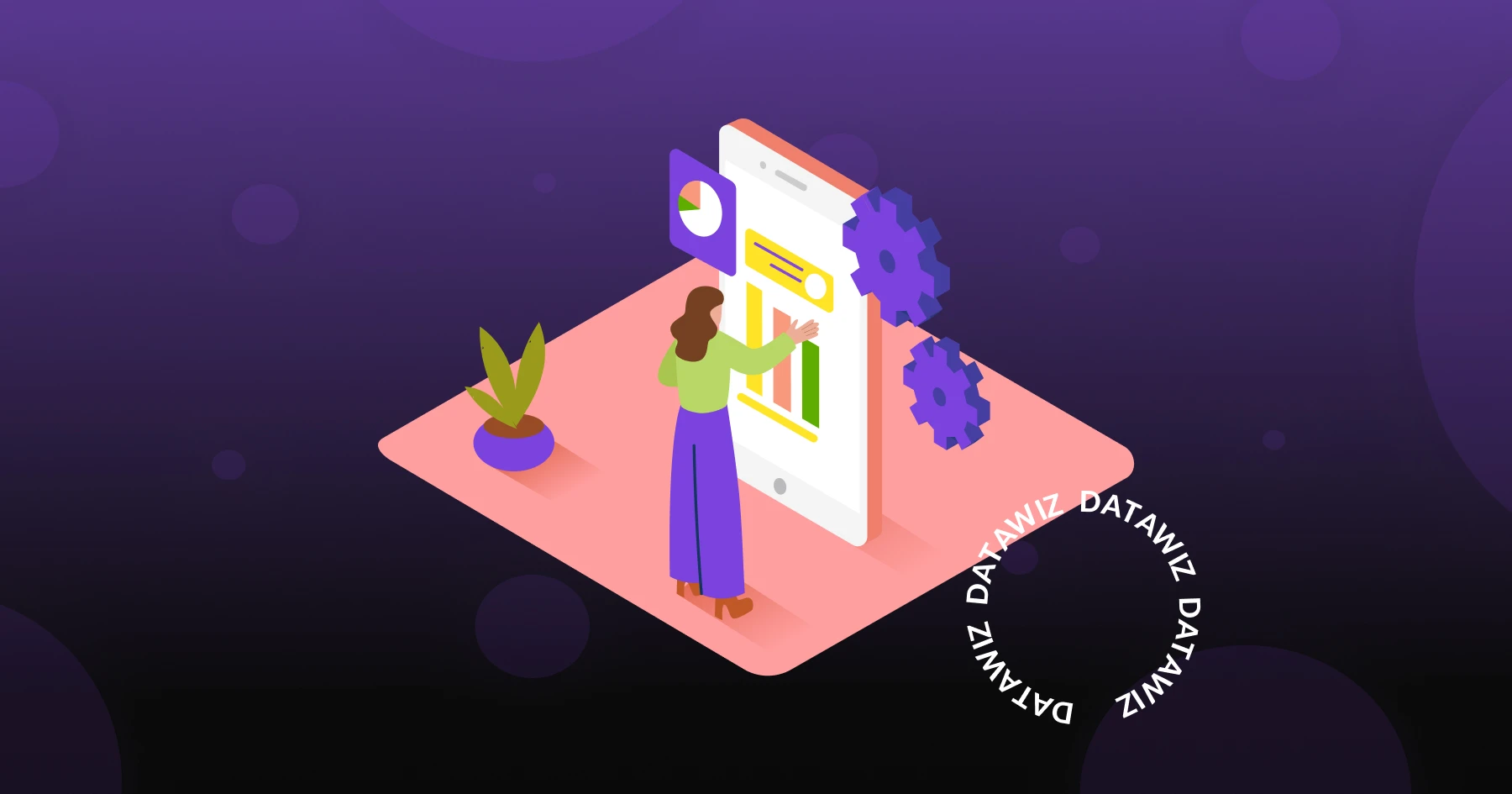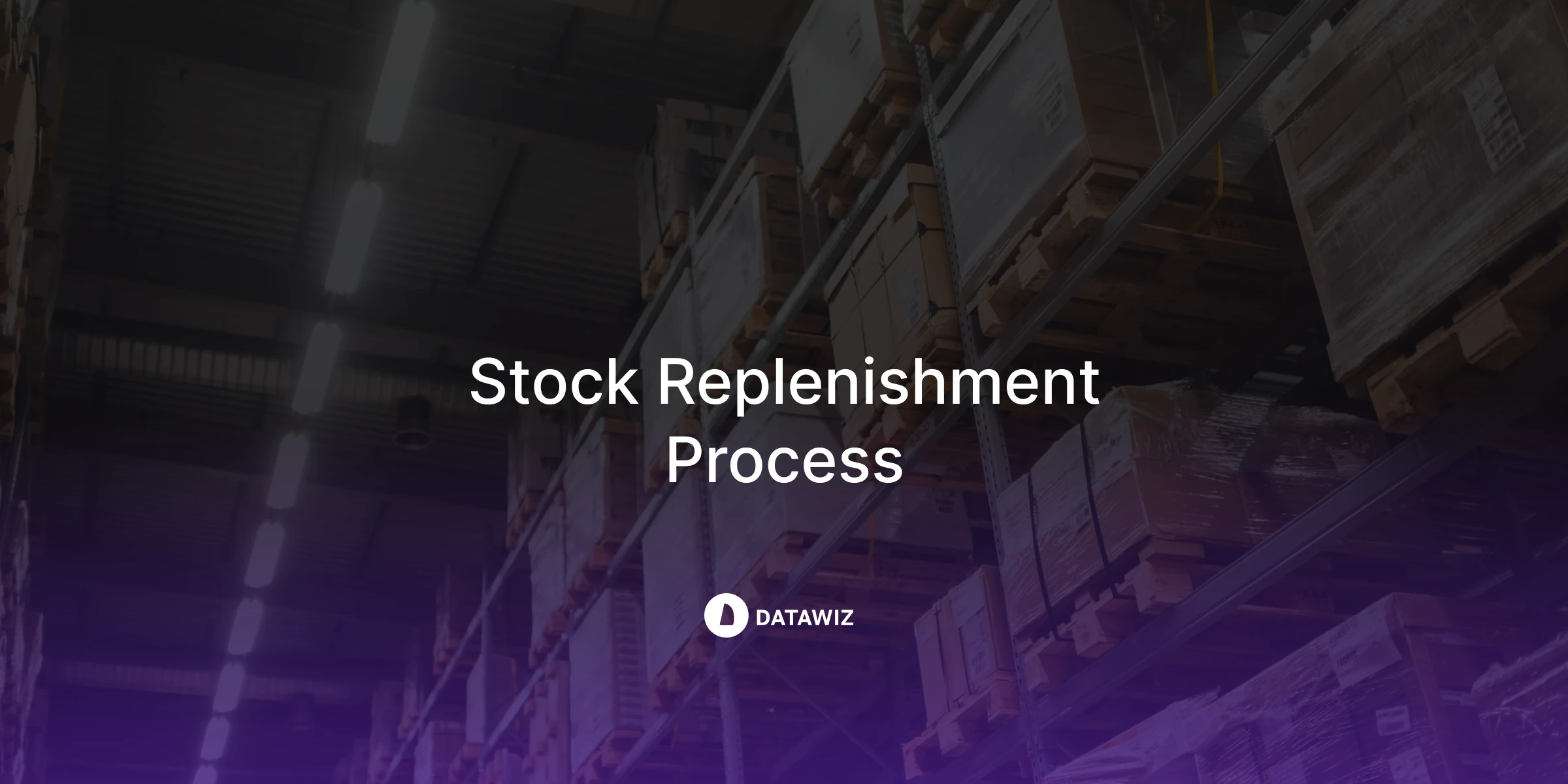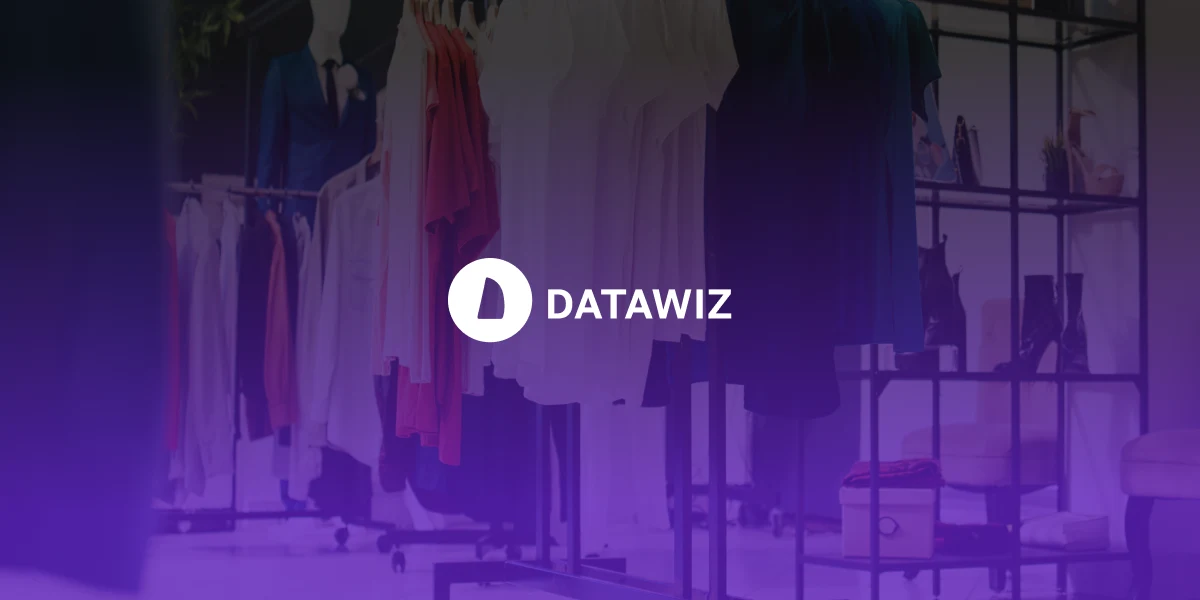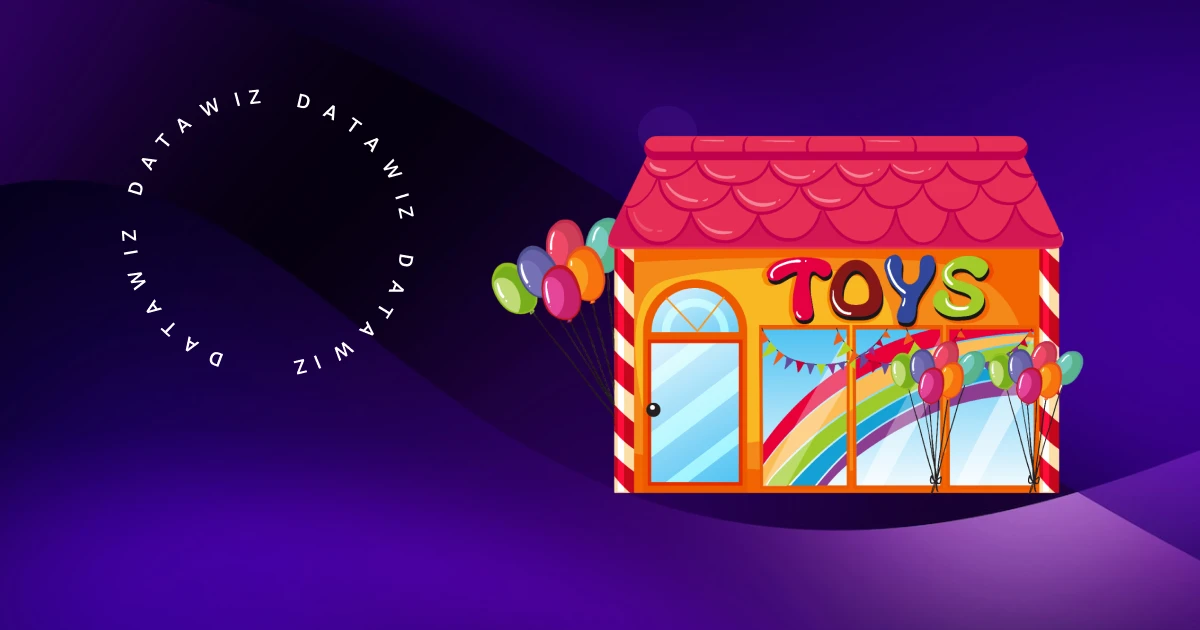Table of Contents:
- What is an Interactive Dashboard for Retail?
- Key Benefits of Interactive Dashboards for Retailers
- The Best 5 Data Visualization Examples for Retail
- Conclusion
In retail, data is everywhere, but without effective and precise tools, even the best information can be challenging to use for business analysis. Data visualization dashboards for retail provide a convenient way to interpret complex data in an accessible format. Interactive dashboards further allow users to process data and filter by various dimensions, formats, and visual representations. Such data visualization tools in retail enable analysts to stay agile and competitive, often with real-time insights.
This article will cover what interactive dashboards offer for retail and review the best 5 data visualization examples to inspire your strategy.
What is an Interactive Dashboard for Retail?
An interactive dashboard is a data visualization tool that allows users to view, customize, and explore information. Unlike static reports, dashboards and visualizations in retail provide easy access to business analytics on complex data, such as sales, inventory, and insights about loyal customers. By consolidating data from different sources, interactive dashboards enable retailers to gain a comprehensive approach to analyzing information in retail.
Key Benefits of Interactive Dashboards for Retailers
For business owners, data visualization tools in retail have substantial value, as they allow companies to harness critical advantages:
- Real-Time Data: View up-to-date retail data and immediately respond to chain changes.
- Increased Efficiency: Track sales, turnover, transactions, inventory, supply chain metrics, and more, freeing up time for more strategic processes.
- Detailed Business Analysis: Analyze the details of your data, from checkout counters to the entire retail chain, to stay informed about all business nuances.

The Best 5 Data Visualization Examples for Retail
Our service, Datawiz BI, offers ready-to-use templates for data visualization in retail, helping users track and analyze KPIs, optimize processes, and scale business in retail. Here are the top five examples:
- Key Chain KPI Dashboard
Stay on top of your retail chain's primary metrics. Track sales volume and transactions and monitor target achievement across the chain and each store.
- Store Performance Dashboard
Analyze store performance in just a few clicks. Evaluate cashier efficiency during peak hours, track target achievement by store location, and monitor the performance of each product category.
- Category Management Dashboard
Gain detailed information on the turnover of each SKU across your chain. Track sales and turnover by category, rank categories by sales, and adjust inventory based on performance trends.
- Marketing Dashboard
Break down data from your loyalty program. Calculate profit, analyze the demand for promotional items, and gain insights into your customers to enhance the customer experience with more personalized offers.
- Supplier Collaboration Dashboard
Build stronger partnerships with your suppliers! Ensure supplier effectiveness through category sales reports, maintain timely deliveries, and adjust inventory based on sales volume, product mix, and stock levels.
Conclusion
Implementing dashboards and data visualization in retail is a game-changer for the retail business. Whether you analyze sales and turnover, manage inventory, or track customer loyalty program data, these visualizations provide a comprehensive overview of commercial and operational processes. Retailers can seamlessly integrate dashboards across their chain using the best Business Intelligence solutions for business analysis.
If you're ready for next-level analytics, consider Datawiz's BI solution explicitly tailored for retail. We offer 17 ready-to-use, fully customizable dashboards to meet retailers' needs. Interactive data visualization in retail can transform your business, helping you derive insights from complex data.
 What's new?
What's new?





 No credit card required
No credit card required